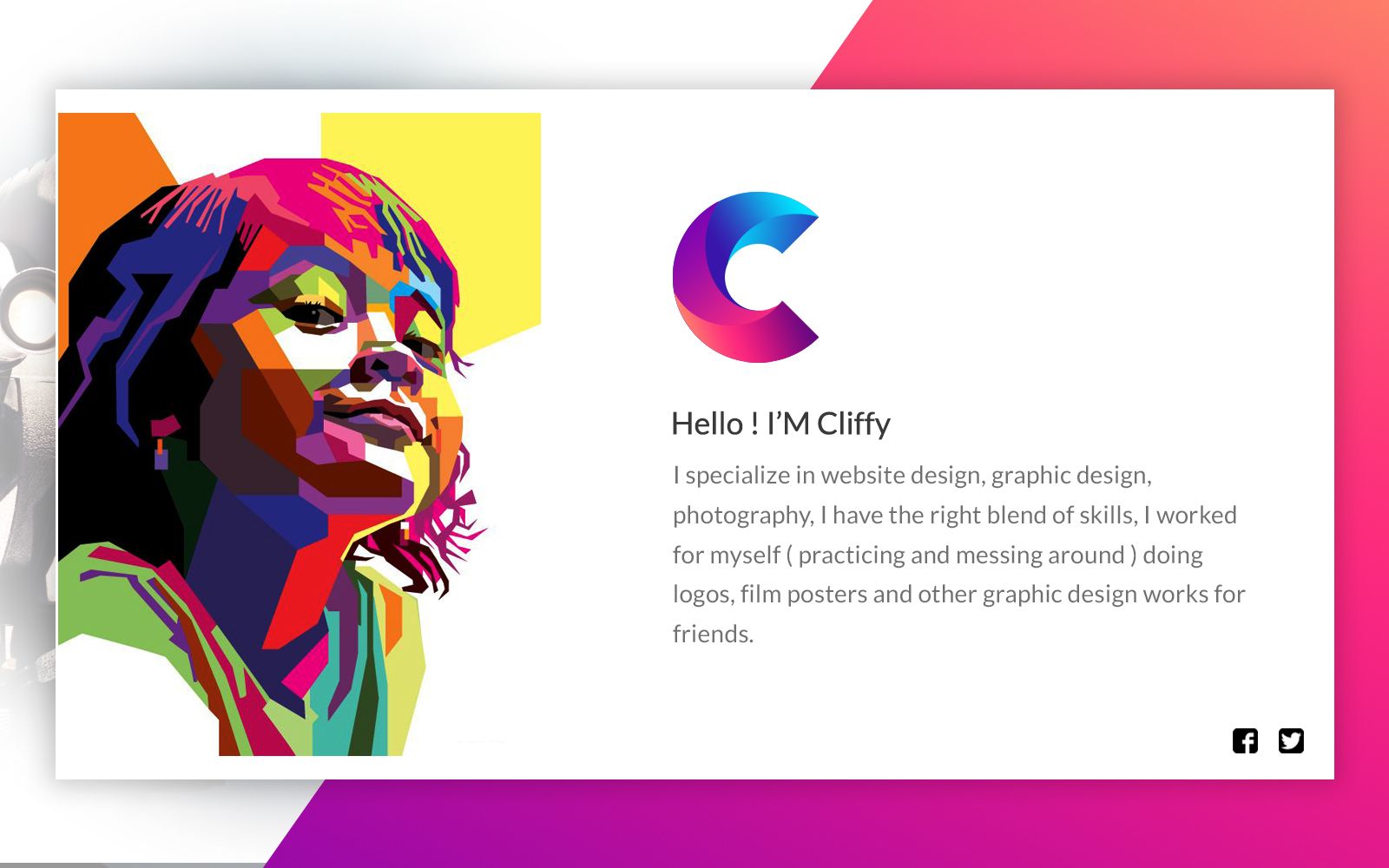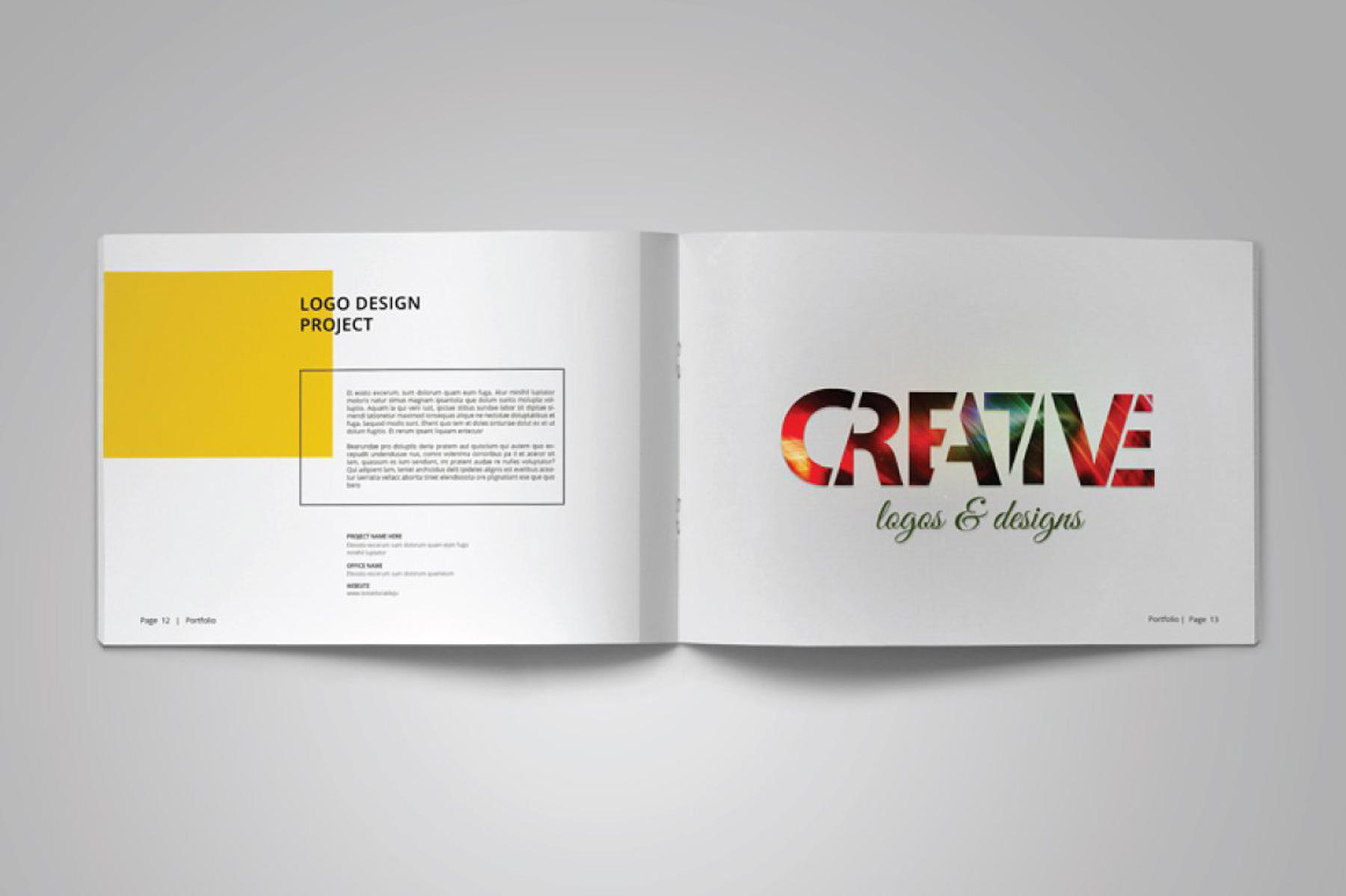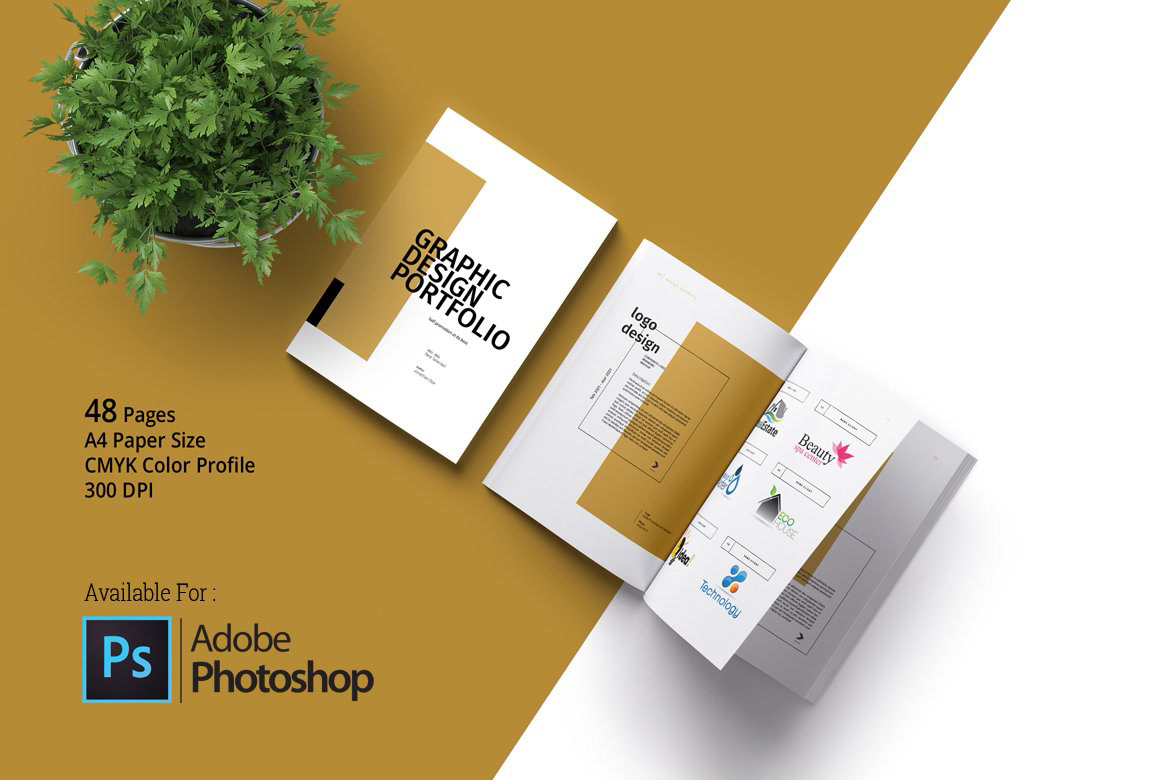When it comes to showcasing your skills as a designer, there’s no better platform than Behance. This online community, created by Adobe, focuses on enabling artists and creatives to display their work in a visually stunning way. But why is it so important for designers specifically?
Behance serves as a central hub for designers to connect with others in the industry, find job opportunities, and gain valuable feedback on their work. It’s not just about displaying your graphic design portfolio; it’s about building a professional presence online and influencing your career.
With millions of users from around the globe, Behance allows you to reach a wide audience, including potential clients and employers. Here are a few reasons why Behance should be your go-to platform:
- Visibility: With so many creatives, your work can discover through searches, trends, and project recommendations.
- Networking: You can connect with fellow designers, industry leaders, and even brands looking for talents.
- Feedback: Receiving constructive criticism from your peers can help you grow as a designer.
- Job Opportunities: Many companies recruit directly from Behance, making it a significant platform for career advancement.
So, as you dive into creating your portfolio, remember that Behance isn’t just a showcase; it’s an essential step in your professional journey.
Setting Up Your Behance Account

Creating an account on Behance is a breeze, but taking the right steps will make sure your portfolio shines from the start. Let’s walk through the initial process and some optimization tips.
First things first, you need to visit the Behance website and click on the “Sign Up” button. You can create an account using an email or simply link your Adobe ID. After you’ve input your details, follow these steps:
- Complete Your Profile: After signing up, fill out your profile with essential information such as your name, location, and skills. Ensure that you present yourself professionally.
- Add a Profile Picture: A friendly and professional headshot can make a lasting first impression. Choose a clear image that resonates with your brand.
- Write a Bio: Share who you are and what you do in a succinct manner. This should reflect your style and personality as a designer.
- Add Your Social Links: Linking your other social profiles, like LinkedIn or Instagram, can provide additional avenues for connection.
Once your account is set up, don’t forget to customize it further:
- Use Custom URL: Personalize your Behance URL. This helps in branding yourself.
- Upload a Cover Image: A captivating cover image on your profile can grab attention immediately. Use something representative of your design style.
By following these steps, you can set a strong foundation for your graphic design portfolio that attracts viewers and potential employers alike!
Also Read This: How to Download Videos from iStock Without Watermarks
Choosing the Right Projects to Showcase

When it comes to creating your graphic design portfolio on Behance, one of the most crucial steps is selecting the right projects to feature. Your portfolio is a reflection of your style, skills, and creativity, so you’ll want to choose pieces that truly represent your best work.
Here are some tips to help you make wise selections:
- Diversity: Aim to include a range of projects that highlight different styles or types of graphic design. Whether it’s branding, typography, or illustration, showcasing diversity can attract a wider audience.
- Best Work First: Start with your strongest pieces. Those initial projects are vital in grabbing a viewer's attention and keeping them engaged.
- Recent Projects: If you have newer work that has improved your skill set, be sure to include it! This shows your growth and adaptability in the field.
- Personal Passion Projects: Don’t shy away from displaying personal projects. These often showcase creativity and passion and can resonate well with potential clients.
- Relevance: Think about what type of work you want to attract. If you're looking to do more branding work, focus on showcasing that type of project.
Lastly, consider tailoring your portfolio for the audience you're trying to reach. Think about the industries you want to work in and choose projects that would appeal to those sectors. Remember, quality over quantity is key!
Also Read This: How to Download from Behance for Free: A Guide to Accessing Free Creative Resources
Designing an Eye-Catching Portfolio Layout

Now that you’ve got your projects in mind, it’s time to think about the design of your portfolio itself. This is where you get to showcase not just your work, but also your design sensibilities.
Here are some tips to create an eye-catching layout:
- Clean and Minimalistic: A clean layout allows your work to shine without distractions. Avoid clutter and give each piece enough breathing room.
- Consistent Typography: Use a cohesive font system. Different styles can clash, so stick to a couple of fonts that complement your designs.
- Utilize White Space: Effective use of white space can direct attention to your designs. It makes your portfolio easy to navigate and visually appealing.
- Responsive Design: Ensure your portfolio looks great on various devices. Many viewers will check your work on mobile, so test responsiveness!
- Interactive Elements: Consider adding interactive features or animations. They can make your portfolio engaging but remember not to overdo it, as simplicity often works best.
Lastly, make sure to regularly update your layout and projects. Trends in design change over time, and maintaining a fresh look is essential for keeping your portfolio relevant and alluring. Your Behance portfolio should be a reflection of your unique style and skills, so let your creativity shine!
Also Read This: How to Get Popular on Behance: Tips for Becoming a Well-Known Designer
5. Writing Compelling Project Descriptions
Welcome to the art of storytelling through your project descriptions! A great project description not only showcases your work but also pulls viewers in, making them feel connected to your creative process. Here’s how to write descriptions that resonate.
- Start with a Hook: Begin with an engaging opening sentence that grabs attention. Think of it as the headline of a news article. You want people to stop scrolling!
- Explain Your Process: Give insights into your design process. Share the challenges you faced and how you overcame them. This shows potential clients or employers that you are not just a creator, but a problem-solver.
- Highlight Key Features: Focus on the aspects of your project that stand out. Did you employ any special techniques? Were there unique tools that played a role? Mention these explicitly.
- Use Simple Language: Avoid jargon overload. Your descriptions should be accessible. Aim for a tone that feels informal, like you’re explaining your work to a friend.
- Incorporate Keywords: If you’re looking to get noticed on Behance and other platforms, include relevant keywords. This is key for searchability and helps people find your work.
- Add a Personal Touch: Share what the project means to you or what inspired you. People love to feel a connection with the creator behind the work.
Remember, the goal of your project description is not just to inform but also to engage the viewer emotionally. This kind of connection can turn a casual viewer into a passionate follower!
Also Read This: Understanding Adobe Stock Credits PUF
6. Utilizing High-Quality Images and Graphics
Images are the heart and soul of your Behance portfolio, so ensuring they are top-notch is crucial. Here’s how to make sure your visuals stand out.
- Choose the Right Format: High-resolution images—preferably in PNG or JPEG formats—ensures quality. Nobody likes pixelated graphics; they diminish your amazing design work!
- Maintain Consistency: Consistency in style and presentation is key. Use a cohesive color palette and typography throughout your portfolio to create a harmonious viewing experience.
- Showcase Multiple Angles: For product designs or 3D work, include images from various angles. This allows viewers to appreciate your work fully.
- Use Mockups Effectively: Present your designs in realistic mockups, either digitally or in real-world settings. This helps potential clients visualize the application of your work.
- Optimize for Speed: Ensure your images are optimized for quick loading. This is crucial because you want to keep viewers engaged, and nobody likes waiting for a page to load.
- Create a Visual Narrative: Arrange your images in a logical sequence that tells a story. This can guide the viewer through your creative thought process and enhance their appreciation of your work.
When it comes to your images, remember: quality trumps quantity. A few standout pieces can speak volumes compared to a larger collection of mediocre images. So, take the time to curate your visuals carefully!
Also Read This: How to Add Header Text in Behance Projects: Adding Titles and Sections to Your Work
Engaging with the Behance Community
Engaging with the Behance community is not just about showcasing your work; it’s about building relationships, sharing ideas, and learning from others. This vibrant community is teeming with creatives from all over the world, and when you tap into that, you can really enhance your experience on the platform.
So, how do you effectively connect with this community? Here are some tips:
- Follow Other Creatives: Start by following fellow designers and artists whose work you admire. This not only keeps you updated with their latest projects but also opens the door for potential collaborations.
- Comment and Give Feedback: Take the time to comment on others’ projects. Constructive feedback is always appreciated, and it shows that you are genuinely interested in their work.
- Join Groups and Discussions: Participating in groups allows you to connect with like-minded individuals, share insights, and dive deeper into topics you’re passionate about.
- Offer to Collaborate: If you see a project that resonates with you, don’t hesitate to reach out and propose collaboration. It’s a fantastic way to learn and grow together.
Lastly, be authentic in your interactions. People appreciate sincerity and are more likely to engage with someone who feels genuine. Building these connections can lead to opportunities you never anticipated!
Also Read This: How to Upload Your Images to Getty with Ease
Strategies for Promoting Your Portfolio
Having a great portfolio on Behance is one thing, but promoting it effectively is another essential part of making an impact. Here are some strategies to ensure your work reaches a wider audience:
- Utilize Social Media: Share your Behance portfolio on your social media platforms. Create engaging posts that highlight your best work and encourage your followers to check out your full portfolio.
- Leverage SEO: Optimize your project titles, descriptions, and tags using relevant keywords. This makes your portfolio more discoverable in search results.
- Network Offline: Attend design events, workshops, and meetups to network with other creatives. Share your Behance link with them; personal recommendations can go a long way.
- Participate in Behance Challenges: Engaging in challenges can help you gain exposure while honing your skills. Projects submitted to these challenges often draw attention from the community.
- Ask for Reviews: Don’t be shy about asking past clients or collaborators to review your work on Behance. Positive testimonials can help build your credibility.
Overall, remember that promoting your work is about creating value and sharing your passion for design. Stay consistent, keep engaging, and always look for new ways to reach your target audience. Happy promoting!
Conclusion and Final Tips for Success
In summary, creating an impressive graphic design portfolio on Behance is crucial for showcasing your skills and attracting potential clients or employers. Here are some final tips to help you stand out:
- Curate Your Best Work: Focus on quality over quantity. Select only your best projects that reflect your style and expertise.
- Use High-Quality Images: Ensure that all visuals are sharp and well-composed, as poor image quality can detract from your portfolio.
- Include Detailed Case Studies: Explain your design process, challenges faced, and how you addressed them. This gives depth to your work.
- Keep Your Portfolio Updated: Regularly update your Behance profile with new projects and remove outdated work to keep it relevant.
- Network and Engage: Connect with other designers, give feedback on their work, and join relevant groups to increase your visibility.
- Optimize for Discovery: Use appropriate tags, keywords, and project titles that enhance searchability.
By following these strategies and continuously refining your approach, you can create a stunning graphic design portfolio on Behance that showcases your talent and helps you achieve your career goals. Remember that persistence, creativity, and engagement with the design community are key to long-term success.
 admin
admin








